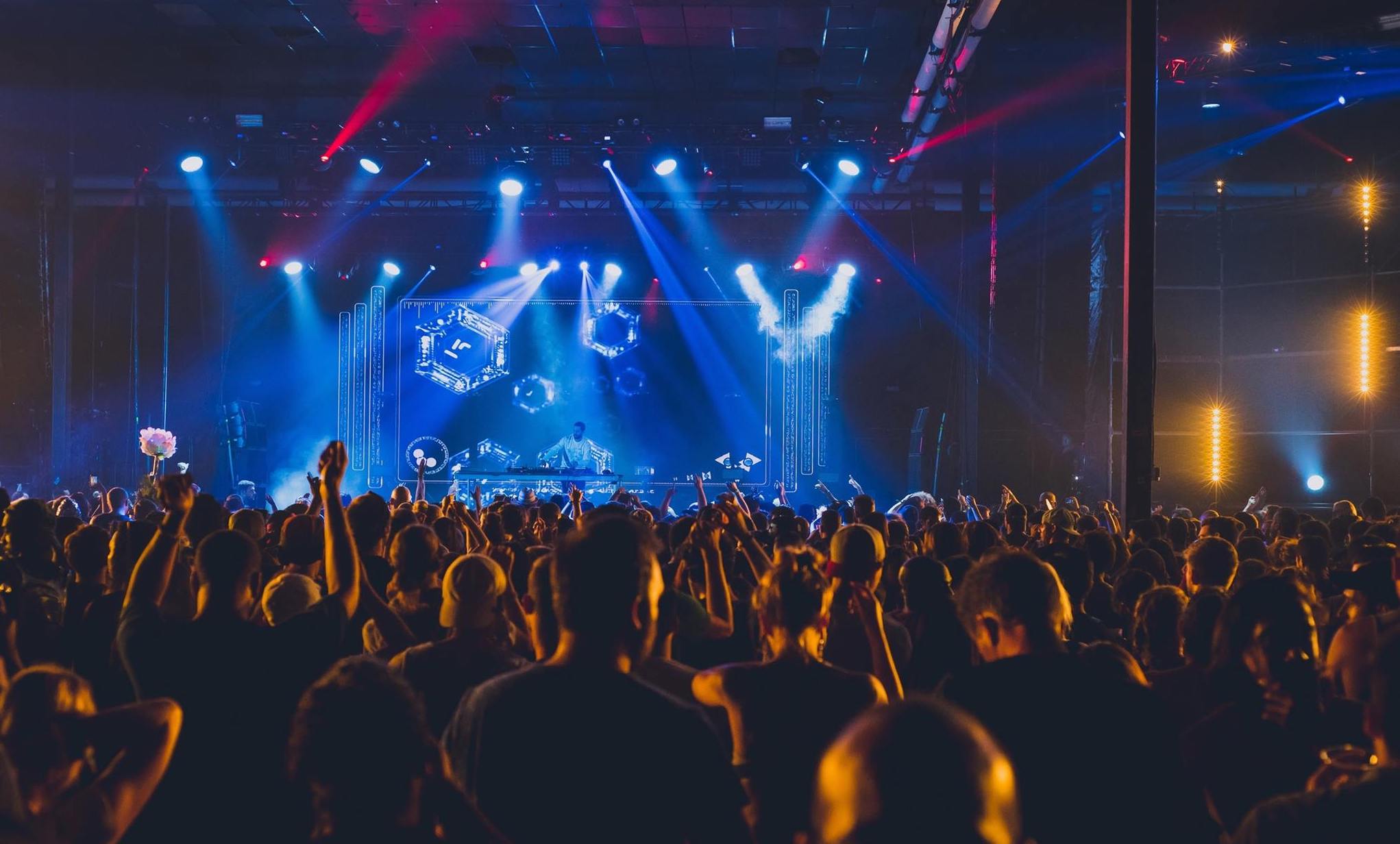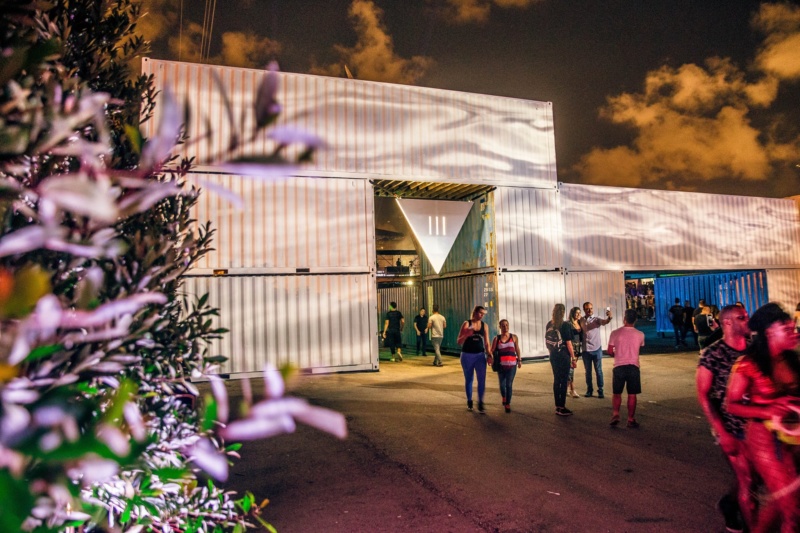
With its third iteration taking place February 15-17 at Mana Wynwood, III Points Festival transforms Miami into a musical destination, drawing names like Blood Orange, James Blake, A$AP Rocky, SZA and more. Besides the impressive lineup of headliners, the festival also serves as a platform for local favorites such as Virgo, Poorgrrrl, Donzii and Sister System, a genuine effort to highlight Miami’s own creative community. And founder David Sinopoli doesn’t stop there—art plays into the experience in unexpected ways with a roller-skating rink presented by Stillhouse and Faena Art, a partnership with Institute of Contemporary Art-Miami to present a Judy Chicago video piece and installations inside the Mana Contemporary warehouse. We sat down with Sinopoli to talk about how III Points came to be and just how limitless the possibilities are.
What motivated you to create a music festival like this in Miami? It was an idea that came about in order to get artists or bands that weren’t coming, or avoided us due to our geographical location. I felt it was necessary to get these acts here and the way to do that was with festival offers as opposed to one-offs. The local scene of artists and producers that were making music and living here in Miami didn’t have a large platform to play their original music at—I felt with those two aspects, it created an opportunity for us to open up the festival and do it. Additionally, I live here. It was the music I like and I wanted to bring the musicians I love.
There are a lot of different elements to III Points, like roller-skating and art installations—how do you find connections between music and these other parts? I think it all starts with the sound and looking around the atmosphere of what we curated each year and trying to create an atmosphere of what is going to happen inside the grounds that corresponds with the sound. The art comes in as a complimentary, immersive part to the sound that we pick when we’re building the lineup.

How has III Points changed since it started? It has evolved with the growth of Miami. We’ve definitely gotten bigger and more layered within our programming. I believe that every lineup has shown a maturity and growth with what’s going on in music right now. The point of what’s defined as the cutting-edge of music will always be evolving. The sound and style of the festival, in turn, evolves with it.
Can you tell me a little bit about curating the lineup for III Points? It’s a constant hustle. We put a great deal of importance on aligning the right acts and making sure that each stage has a program or sequence. It’s more than just putting acts on a stage one by one with no real thought about who’s before or who’s after them.
Who are some of the artists you’re most excited about, either returning or new to the lineup? Really excited about DJ Koze, James Blake, Erykah Badu, Khruangbin, Danny Daze, Moscoman, Poorgrrrl, Bear, and Ackdaddy.

Live music is obviously performative, but which artists in particular do you feel blur the boundaries between art and music? John Maus, Tim Hecker, Dean Blunt, Tyler the Creator, A$AP Rocky, Pussy Riot.
How do you tie in the local art community and why is this important to you? Through the collaborations for the installations we do on stage and some of the activations we do off-grounds. We work with different organizations at their venues or locations that work for them. It’s important to have this festival support the organizations, artists and people that are all working here in the local scene. For us, these collaborations and partnerships are very important to the festival, because it gives it an honest support to the community in Miami; at the same time, it gives them an opportunity to present what they’ve been working on all year round to support the scene.
Can you talk about your partnership with ICA Miami? They have been supporters of us for a very long time. Tommy [Ralph Pace] and the curators over there have always had our best interests in mind and brought us amazing things throughout the years that work really well inside of the festival grounds. They are the best partner we could think of as to their curation and taste, which are very aligned with ours. It’s never really a question of the content they’re bringing—it’s more of, “how do we do it?”










 in your life?
in your life?

